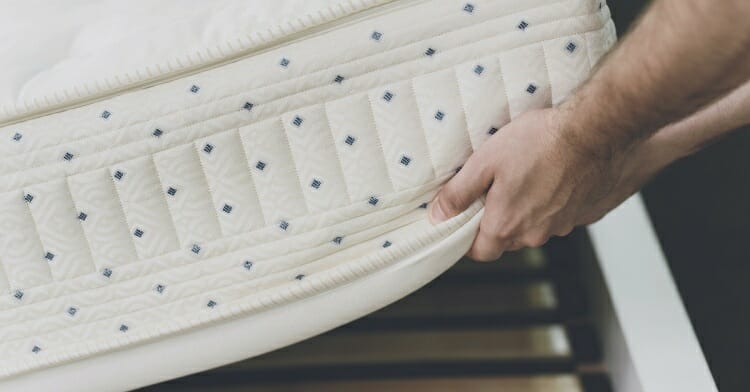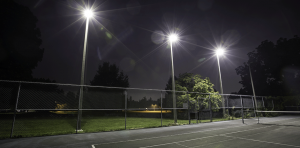Sleep apnea is a recognized sleep disorder, and it usually manifests through loud snoring and short interruptions of breathing while sleeping. While snoring may be annoying to those sleeping next to you, the main problem in this situation is the breathing.
Because your airways are blocked, your brain and other organs may not be getting enough oxygen during the night.
This condition is usually translated into drowsiness during the day, headaches, problems with concentration and irritability. However, sleep apnea can be the underlying reason for more severe health complications, such as heart diseases, diabetes, obesity, high blood pressure and other long-term illnesses.
Also, people suffering from sleep apnea are more likely to feel depressed. They are more prone to memory loss episodes and mental confusion.
Various medical studies have linked apnea to problems such as heartburn (acid reflux), adult asthma, liver problems and a weakened immune system. Thus, as you can see, it is not a condition you can ignore, and the first step to take is learning what causes it.
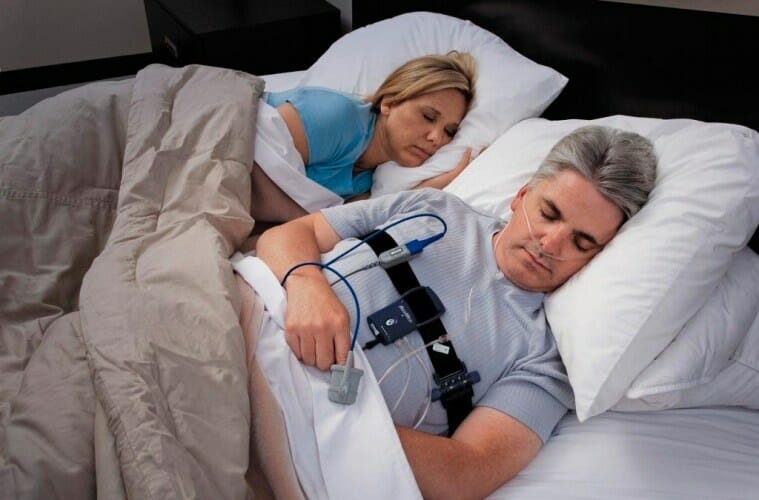
According to many specialists in the field, there is a series of reasons why airways get blocked during sleep (large tonsils, a soft palate, or even extra fat tissue in the neck area). For these situations, there are particular devices that you can try, but if the cause is in the surrounding environment, these may not work as effectively as you would expect.
In some cases, sleep apnea and loud snoring can be caused by the way you sleep (the position) or by your mattress (the type and materials used to make it). Thus, if you have been given a sleep apnea diagnosis and want to try a different approach when it comes to getting high-quality sleep, I think you should start with a more in-depth view of your mattress.
I checked the professional reviews done by TopMattress.com, and I learned there are several materials recommended for people who have trouble sleeping. Below I listed some of the most convenient choices for sleepers everywhere.
BEST MATTRESS MATERIAL FOR SLEEP APNEA SUFFERERS
1. LATEX
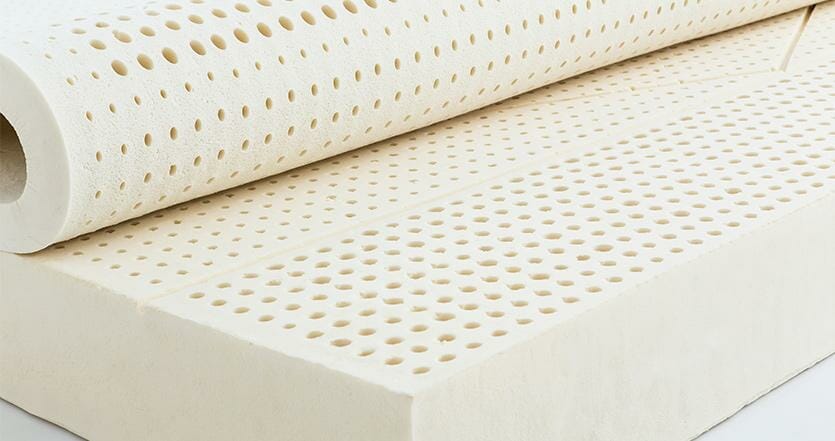
One of the leading causes you get sleep apnea is a lousy mattress. If you’re not sure about this, stop and think for a bit: are you tossing and turning all night long? If you are, it only means that you don’t have the right mattress!
It may be too old or made from inappropriate materials, but one thing’s for sure: not getting the proper sleep you need on it means that you have to try something else. Luckily, you have so many options nowadays, that choosing the right product is a fun quest.
According to sleep specialists everywhere, latex is recommended when you want to sleep like a baby. Because this is a 100% natural material.
- The fibers keep the temperature at an optimal level during the night and the surface is perfect.
- Not to mention, because latex is flexible, your back will be well-supported, and your spine will remain well-aligned.
- This particular material is eco-friendly, non-toxic and you won’t have to worry about off-gassing either.
Another essential advantage is that latex is anti-microbial and hypoallergenic: hence, you’ll be able to breathe clean air while sleeping, which is also helpful in the case of sleep apnea. Respiratory issues linked to dust-mites, microbes and all sorts of allergens can only worsen the situation if you’re dealing with snoring during the night.
2. MEMORY FOAM

Memory foam is a wide-spread material, but not every type of memory foam will be if you suffer from sleep apnea. You need to look for high-density foam (5lbs+).
- This type of mattress will provide you with medium firmness, which is just what you need for a comfy cozy sleep session.
- They are perfect for sleeping on a side (preferably your left), a position that helps reduce the extra-weight on the chest and allows your internal air passages to align naturally. A high-quality memory foam mattress will alleviate the pressure points that could make sleeping on a side uncomfortable to some people.
- This specific fabric also can keep the spine aligned adequately during your repose.
Even more than that, it supports all your body parts evenly, allowing the air to travel more efficiently and that is extremely helpful in the case of sleep apnea.
You could also try a memory foam pillow designed primarily for that condition, and meant to help you maintain your side-sleeping position during the entire night
I further recommend trying a memory foam mattress with gel infusions – these designs are great for keeping the temperature in check.
3. NATURAL MATERIALS
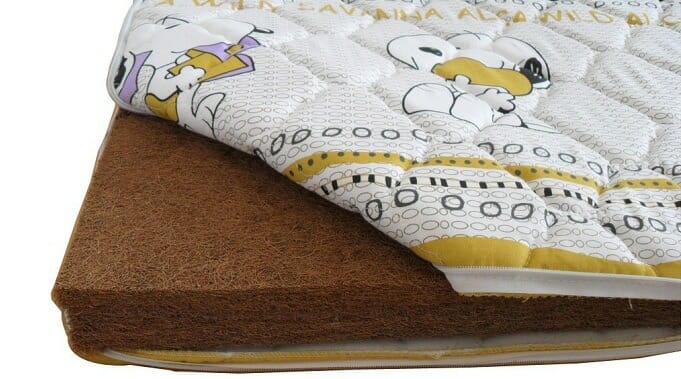
Wool, feathers, and even cotton are among the most popular natural materials when it comes to mattresses (especially for people who have trouble sleeping).
Even more, if the bed provides a combination of latex (as the support layer) and natural fibers, the result is fantastic!
The natural fibers are essential because they are not that prone to gathering allergens like fungi and dust mites, and they adapt to your body heat level a lot better. They are also more durable and provide you with comfort for more extended periods of time. Going natural means less or no snoring, a better breathing and reduced risk of developing severe respiratory issues.
Plus, when you choose an organic mattress made of all-natural materials, you’ll make a big difference for your health and the environment as well.
WHAT’S IMPORTANT
Sleep apnea is a serious matter and, if left unchecked, it can be fatal. The condition can be alleviated and even resolved with a high-quality mattress, that keeps your spine, neck, and head in perfect alignment, but you should also discuss the problem with a doctor. The medical advice you’ll receive can help you decide upon the type of mattress you need to purchase to enjoy better rest.
You should also know this disorder is difficult to diagnose without a sleep study, but if you feel drained during the day for no apparent reason, you should consider asking your doctor about it.
Related Buyer’s guides and BestvsReviews Lists:
The Top 20 Health Benefits Of Plantains
How Long Does Pre-workout Stay In Your System?
